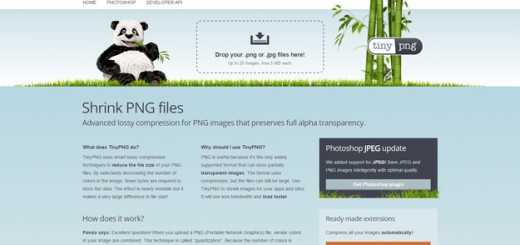JavaScript, the Front-end and Back-end development language, has been the most popular programming language for the sixth year in a row (Stack Overflow Report 2018). It has remained the first choice of the web and app developers, offering them newer frameworks and libraries to design an interactive application in a faster and simpler manner. The technology has proven to evolve with each passing year, replacing the older coding methods with the newer ones, and maintaining a hype in the market.
Considering this, if you are planning to use JavaScript frameworks in your next project, it will be profitable for you to invest in the popular JavaScript frameworks for 2019. Otherwise, you might end up investing your time, efforts, and resources into a framework taking the back seat.
Now, here arises the other main question – Which framework will be on the top in the year 2019? How to determine which JS framework to choose for your next project?
To help you out, I’m going to list down the top 4 JavaScript frameworks for 2019 in this article. Further, we will discuss their pros and cons, and factors to consider for choosing the right one.
So, are you ready? Let’s dig deeper into the world of JavaScript frameworks and find the top frameworks to work with.
As per the market pundits, the four best JavaScript frameworks to consider for 2019 projects are Vue, React, Angular.Js, and Node.
Vue.js
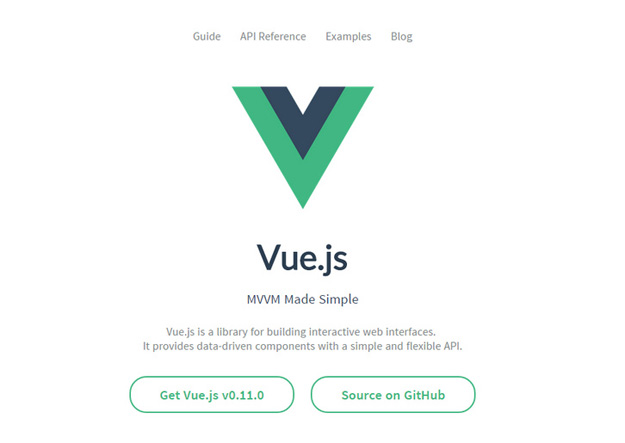
Vue.js (also termed as Vue) is an open-source JavaScript framework introduced with an aim to make the user interface development simpler and well-organized. The framework, also called the perfect blend of Angular and React, has proven itself to be the ideal choice for developing a lightweight app with a two-sided data binding feature of the Angular framework and server-side rendering of React JS framework. Not only this, it has been declared as the most popular front-end JavaScript framework on GitHub with 40K stars last year (as shown in the diagram below).
While it might seem to be the right JavaScript framework to work with, it also has some pros and cons, as shared below:
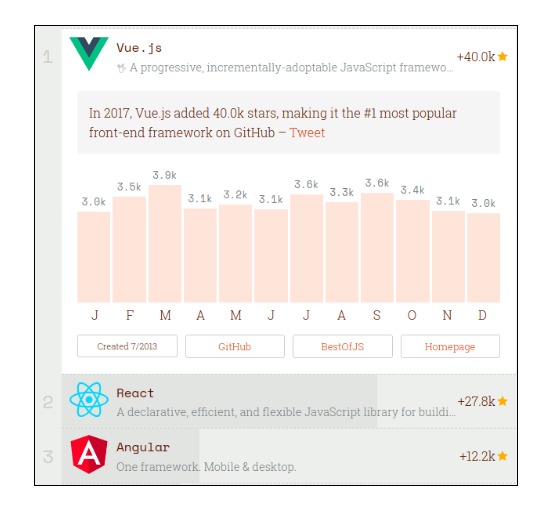
Pros
– Brisk adoption: In just a few years since its inception, a large number of businesses have added Vue.js into their tech stack.
– Faster Setup: Vue has prebuilt data binding and MVC (Model, View, Controller) model making it far easier to set up when compared to Angular.js and React.js.
– Easier Integration: The framework supports easier integration with HTML elements.
– Low Learnability Scale: When compared to Angular JS Framework, Vue is far easier to learn, understand, and implement.
Cons
– Fewer Resources: The framework is still too new to find useful resources on the Internet and do self-learning.
– Smaller Community Support: As mentioned in the last point, Vue.js is new to the market and thus has smaller community support, when compared to Angular and React frameworks.
React
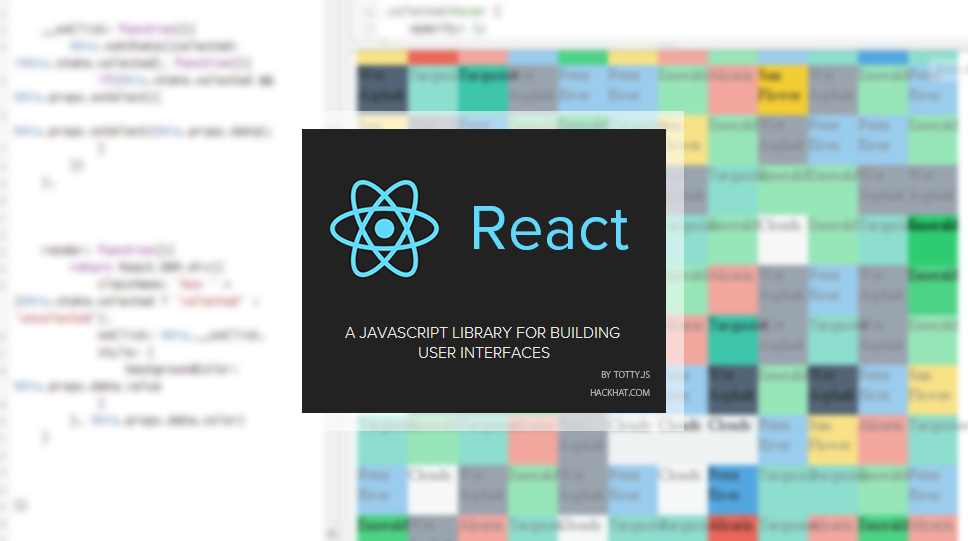
Backed by Facebook, Instagram, and other such renowned names, the React is one of the top JavaScript frameworks of the time with 27.8K stars on Github. Also termed as React.js or React JS, the frontend framework is used by more than 38% of the developers globally, with Netflix, Flipboard, PayPal, and BBC to be the first adopters and is undoubtedly the second most popular JS Framework as per the Google trends (image shared below).
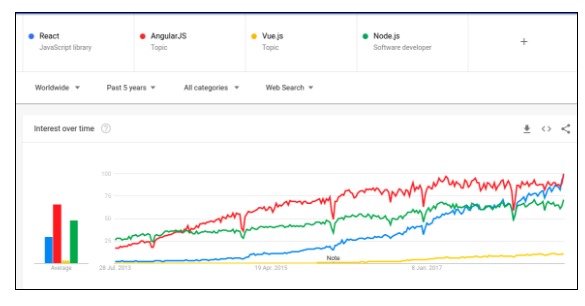
Despite this significant recognition, if you want to explore the advantages and disadvantages of the React framework, here they are:
Pros
– Ample of Documentation and Online Resources: Thanks to Facebook’s support, there are myriad of options when it comes to documentation and online resources for learning and using React frontend Javascript framework.
– Fast, Flexible, Efficient, and Small Sized: The JS framework is widely recommended due to its efficiency, small-chunk size, flexibility and faster approach due to easy component model and server-side rendering functionality.
Cons
– Build Tools Required: This best JavaScript framework might not work properly without adequate build tools or may show incompatibility with other libraries and codes due to high DOM.
– Higher Learning Curve: Unlike Vue, React demands more time to learn the concepts and implement.
Angular
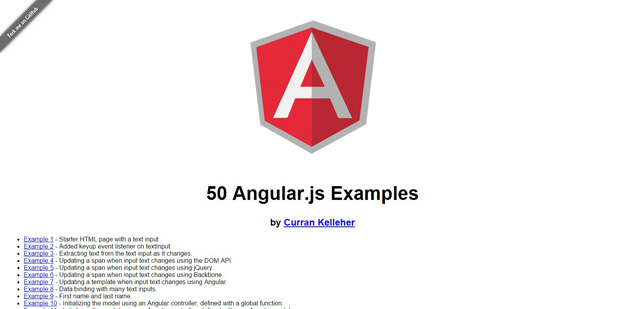
Angular.js is an open-source, full-featured front-end JavaScript framework maintained by Google and other popular corporations. The framework is known for its potential to reflect the changes happened in a particular code immediately with features like quick code production, two-way data binding, and testing of the app part.

Even though hundreds of businesses and developers are relishing using Angular frontend Javascript framework (as you can see in the above graph of job postings at Indeed), it also holds some pros and cons, which are as given below:
Pros
– Two-Way Data binding
– Mobile-focused approach to Web development
– Material Design and PWA support
– Stable and long-term support, all thanks to Google
Cons
– Battery drainage issue: Apps created via Angular Javascript framework are known for draining the device’s battery excessively
– Lesser Optimization: The Angular.js-based apps require more optimization to deal with the low-performance concern.
– High Learnability scale: Angular too shows higher learning scale, implying you need more time to get acquainted with this framework.
Node
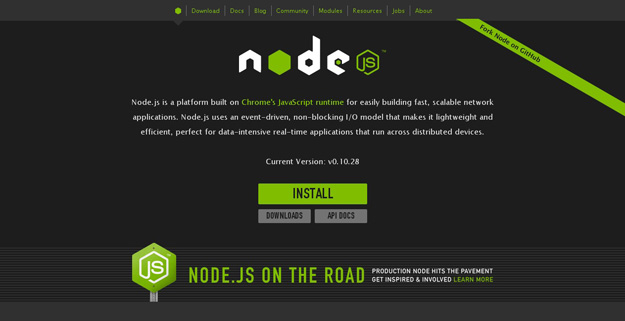
Node.js is also one of the top JavaScript frameworks with its event-driven I/O approach for developing efficient and lightweight real-time apps which work across a plethora of distributed devices. The framework is growing in popularity as you can see in the Stack Overflow graph shared below and is emerging out to be the right option for those looking forward to having a fully-featured JS framework environment with the availability of all the tools.

Just like the other three shared top JavaScript frameworks, Node.js also has a set of benefits and limitations, as follows:
Pros
– Send Multiple Request: The non-blocking I/O ecosystem of Node.js enables the app developers to process multiple requests at the same time.
– Create from Scratch: the technology enables the developers to build every individual element from scratch; there’s no as such restriction.
– Extremely Active Community: The Node.js developer’s community is extremely active, which implies a faster and reliable access to all the codes and solutions.
– Client-side Approach: This JS framework is completely taken into consideration for the development of the client side.
Cons
– Multi-threaded programming: Node.js does not support multi-threaded programming. This implies the JS framework is still not the ideal option to – perform long running calculations. If tried, the app performance might hamper.
– Node API Instability: Various instances of Node API instability has been recorded.
Besides the aforementioned four popular front-end javascript frameworks, many other JS frameworks are supposed to grow and get a place into this list. In case you want to know what all JS frontend frameworks can be the part of the brighter future of Javascript, check here.
How to Choose the Right One?
While all the developers keep on advocating their framework to be the best one, there’s no as such best JavaScript framework to go with. The choice completely relies on your project needs. So, it is better to consider the pros and cons of all the four above-mentioned frameworks and decide which one to start your project with in the year 2019.
Author Bio : Vijeta Khurana works for Appientiv is a leading mobile application development company, with their offices based in India, U.S., and Dubai. They have developed over 700 Android and iOS apps for a global clientele range belonging to a range of different industries.

